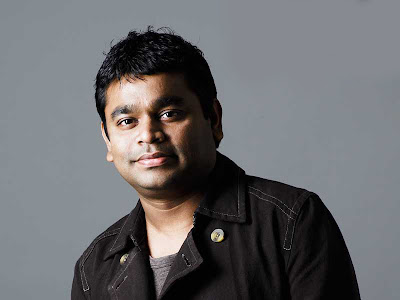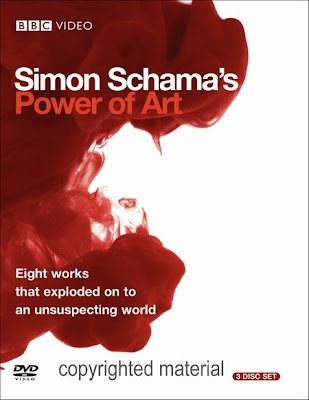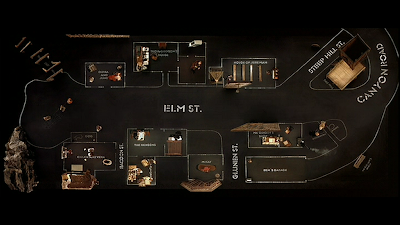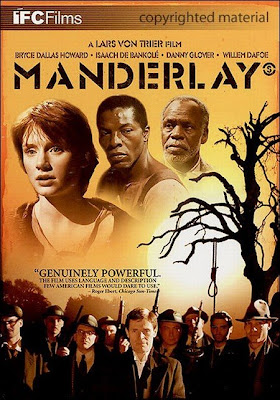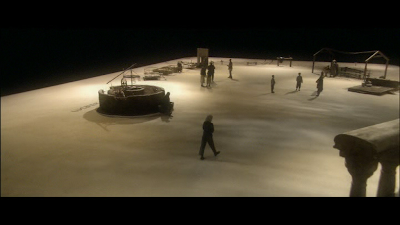Red is the colour of the spirits
SPANISH FILM FESTIVAL
Presented by film criitc
YAMUNA RAJENDRAN
1

The Spirit of the Beehive
A film by Victor Erice
Country : Spain
Year : 1973
Spanish with English subtitles
Run time : 97 minutes
8th Feb 2009
Screening starts at 3.30 pm
Ashwin Hospital auditorium
The Spirit of the Beehive is a visually poetic, haunting, and allegorical film on innocence, illusion, and isolation. Victor Erice uses the recurrent imagery of the beehive to create a pervasive sense of claustrophobia and geographic disconnection: the honeycomb structure of the stain glass windows through the house; the amber glow of the oil lamps and candles; the pervasive haze of the darkness of winter. Filmed in 1973 under the Franco regime, The Spirit of the Beehive is a deceptively lyrical tale of idyllic childhood memories and a disturbing portrait of isolation. Like the bees in Fernando's experiments, the children are also unwitting subjects of an unnatural, artificial environment. In essence, Ana's misguided actions mirror the illogical behavior of the disoriented bees attempting to adapt to an inorganic crystal beehive. Isolated from a natural environment, Ana, too, lacks a logical frame of reference. Her attempts to incarnate the spirit of the monster is a naive attempt to reconcile her own confusion. But inevitably, her quest leads further into the darkness - to more incomprehensible revelations - to deeper questions.
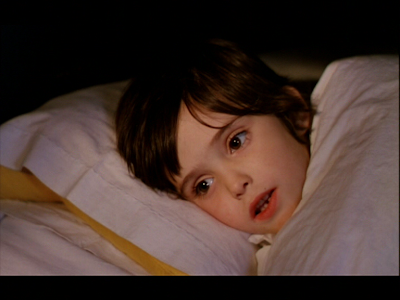
A detached, preoccupied scientist, Fernando (Fernando Fernan Gomez), has moved to the provincial tranquility of Castille with his young family in order to devote his time to the study of bees. He spends countless hours at an apiary observing their daily ritual, manipulating their environment, recording the results of his intervention. His wife, Teresa (Teresa Gimpera), languishing from the isolation of the remote town and her husband's alienated affection, occupies her time by writing longing, heartfelt letters to loved ones left behind during the war. She hand delivers the letters to the train station, where a commuter train makes a brief stop, collects the mail, and sets out to its final destination.

The children, Isabel (Isabel Telleria) and Ana (Ana Torrent), left alone to occupy themselves in their mother's absence, attend the screening of Frankenstein at a makeshift movie theater in town. Ana, unsettled by the incomprehensible acts of the monster and the townspeople in the film, relentlessly asks Isabel to rationalize their actions. Isabel pacifies Ana by explaining that the monster is actually a spirit who cannot die, and takes the gullible Ana to an abandoned barn where she claims to see the spirit in the well. Intrigued by the prospect of finding the elusive spirit, Ana becomes obsessed with the idea of befriending the imaginary monster.

Victor Erice

Everyone has the capacity to create and recreate within them. And a film doesn't exist unless it is seen—if there are no eyes to look at the images, the images don't exist. When I've finished a film, it's no longer mine—it belongs to the people. I'm nothing more than an intermediary in the process. —Victor Erice
Víctor Erice Aras (born 30 June 1940 in Karrantza in Biscay Spain) is a Spanish film director.
He studied law, political science, and economics at the University of Madrid also attended the Escuela Oficial de Cinematografia in 1963 to study film direction. He wrote film criticism and reviews for the Spanish film journal Nuestro Cine, and made a series of short films before making his first feature film, The Spirit of the Beehive (1973), a critical portrait of the rural Spain of the 40s.
Ten years later, Erice wrote and directed The South (1982), based on a story from Adelaida García Morales, considered a masterpiece although the producer Elías Querejeta only allowed him to film the first two thirds of the story. His third movie, The Quince Tree Sun (1992) is a documentary about painter Antonio López García.
Erice is an important master of the cinema, creating pure pieces founded on image and light, that interpret the artform not primarily as a vehicle for narrative (though this remains important), but as a means of showing interesting things in beautiful ways.
2

Pan's Labyrinth
A film by Guillermo del Toro
Country : Spain
Year : 2006
Spanish with english sub titles
8th Feb 2009
Screening of the festival starts at 3.30
Ashwin Hospital Auditorium
Beautiful, violent, magical and sad....
"Pan's Labyrinth" is one of the greatest of all fantasy films.

In 1944 fascist Spain, a girl, fascinated with fairy-tales, is sent along with her pregnant mother to live with her new stepfather, a ruthless captain of the Spanish army. During the night, she meets a fairy who takes her to an old faun in the center of the labyrinth. He tells her she's a princess, but must prove her royalty by surviving three gruesome tasks. If she fails, she will never prove herself to be the the true princess and will never see her real father, the king, again.

The film is visually stunning. The creatures do not look like movie creations but like nightmares (especially the Pale Man, with eyes in the palms of his hands).
Guillermo del Toro is the most challenging of directors in the fantasy field because he invents from scratch, or adapts into his own vision.
Guillermo del Toro
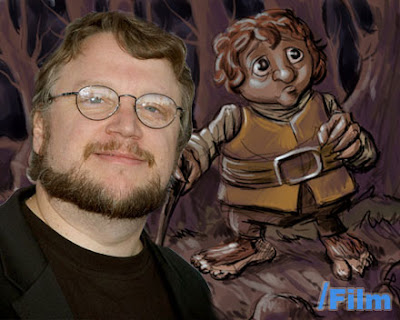
Guillermo del Toro was born October 9, 1964 in Guadalajara Jalisco, Mexico. Raised by his Catholic grandmother, del Toro developed an interest in filmmaking in his early teens. Later, he learned about makeup and effects from the legendary Dick Smith (The Exorcist (1973)) and worked on making his own short films. At the age of 21, del Toro executive produced his first feature, Dona Herlinda and Her Son (1986). Del Toro spent almost 10 years as a makeup supervisor, and formed his own company, Necropia in the early 1980s. He also produced and directed Mexican television programs at this time, and taught film.
(Source - internet)

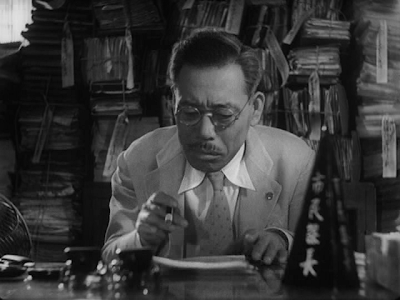

 Ikiru scrutinizes what little use the postwar generation has for its elders (though far from villainous, Watanabe's son is a self-obsessed lout), but its largest target is Balkanized local government. The portrait of buck-passing mini-departments and administrative double-speak verges on satirical.
Ikiru scrutinizes what little use the postwar generation has for its elders (though far from villainous, Watanabe's son is a self-obsessed lout), but its largest target is Balkanized local government. The portrait of buck-passing mini-departments and administrative double-speak verges on satirical.

